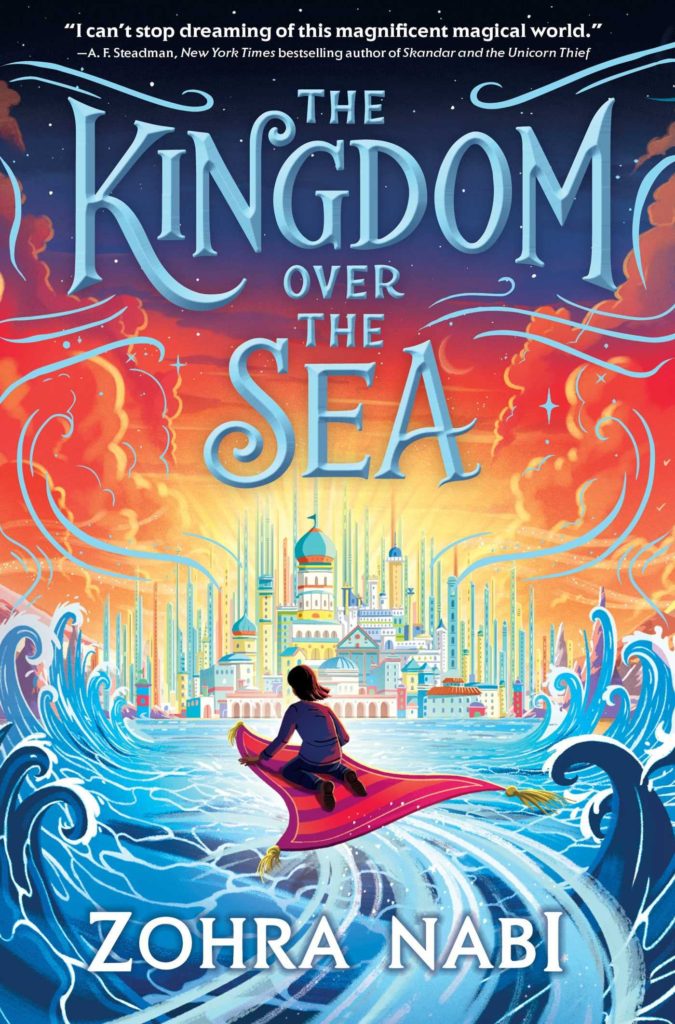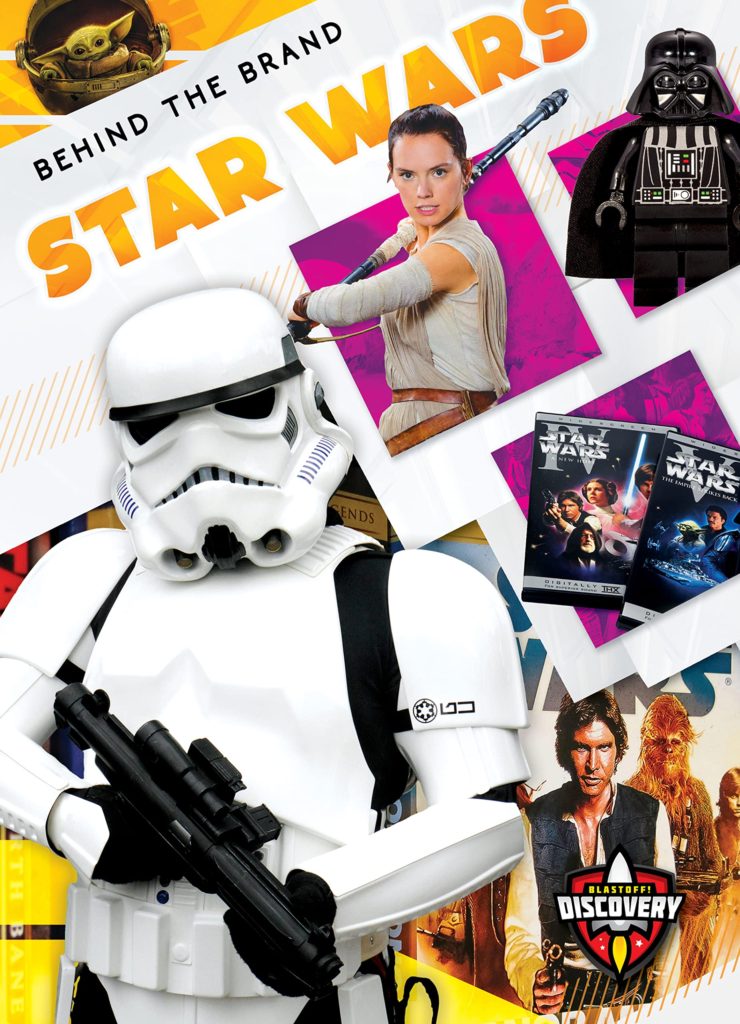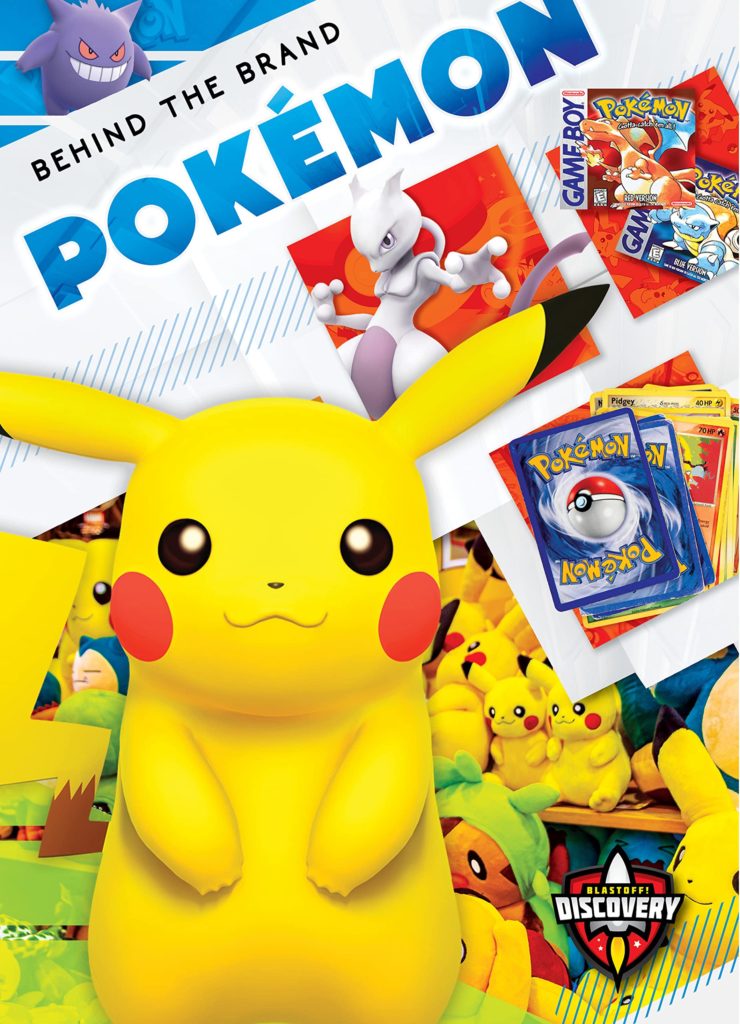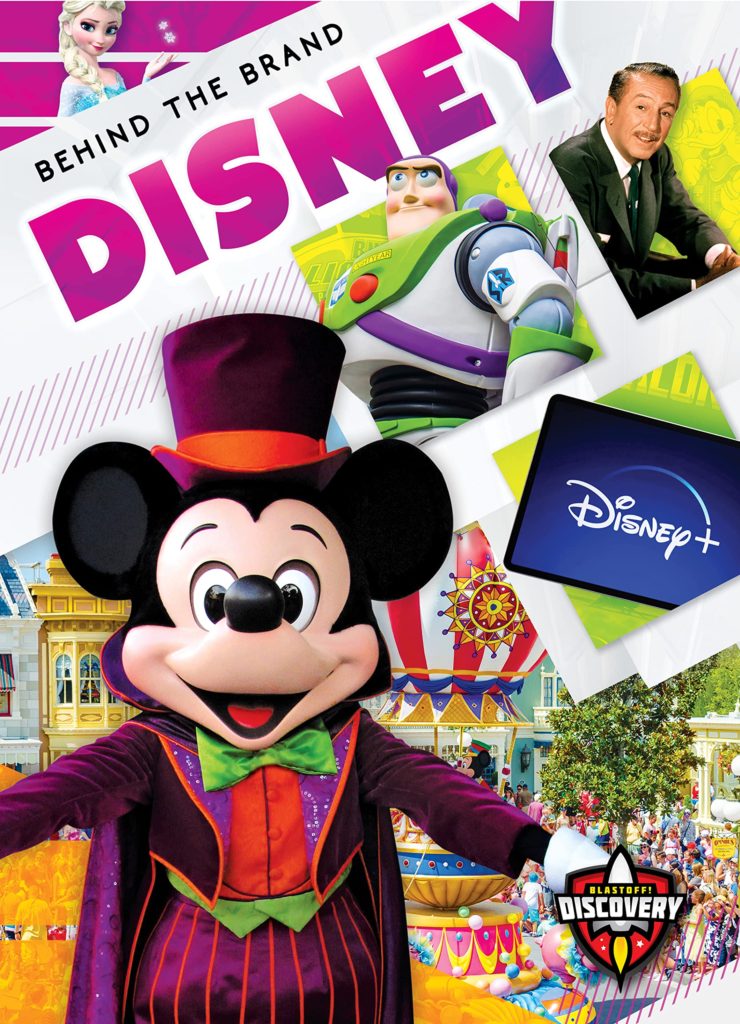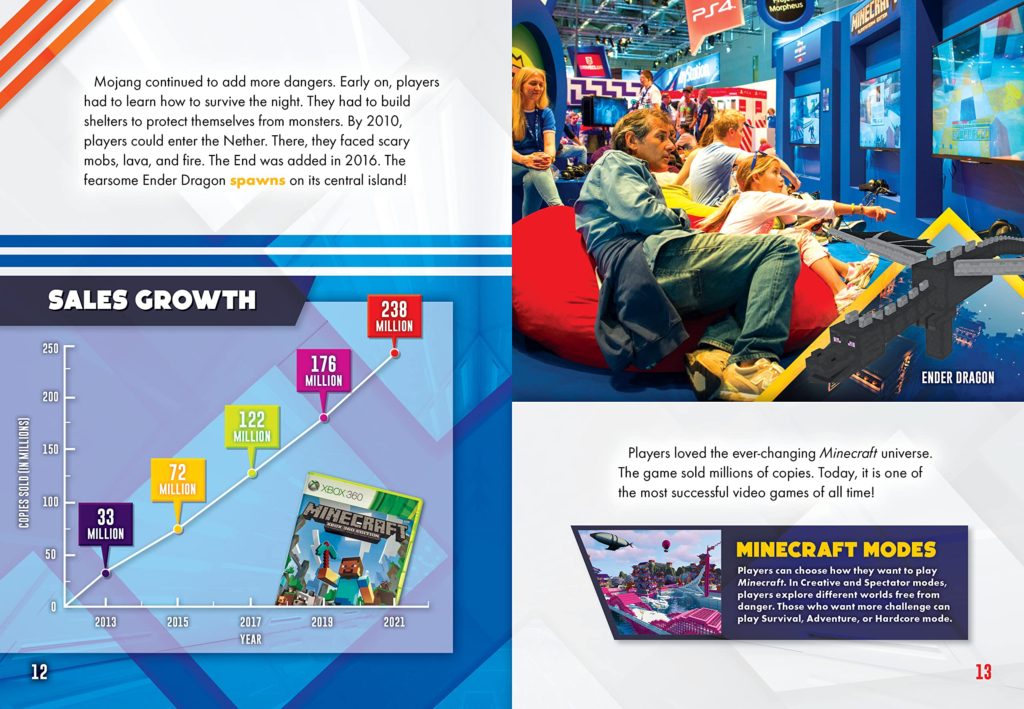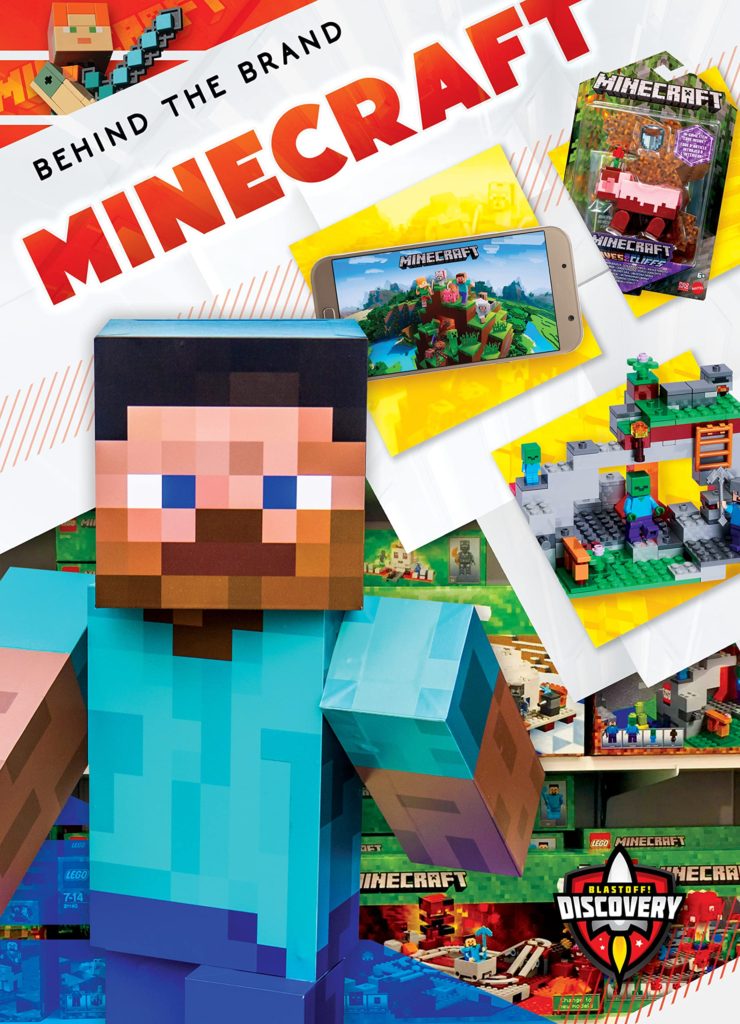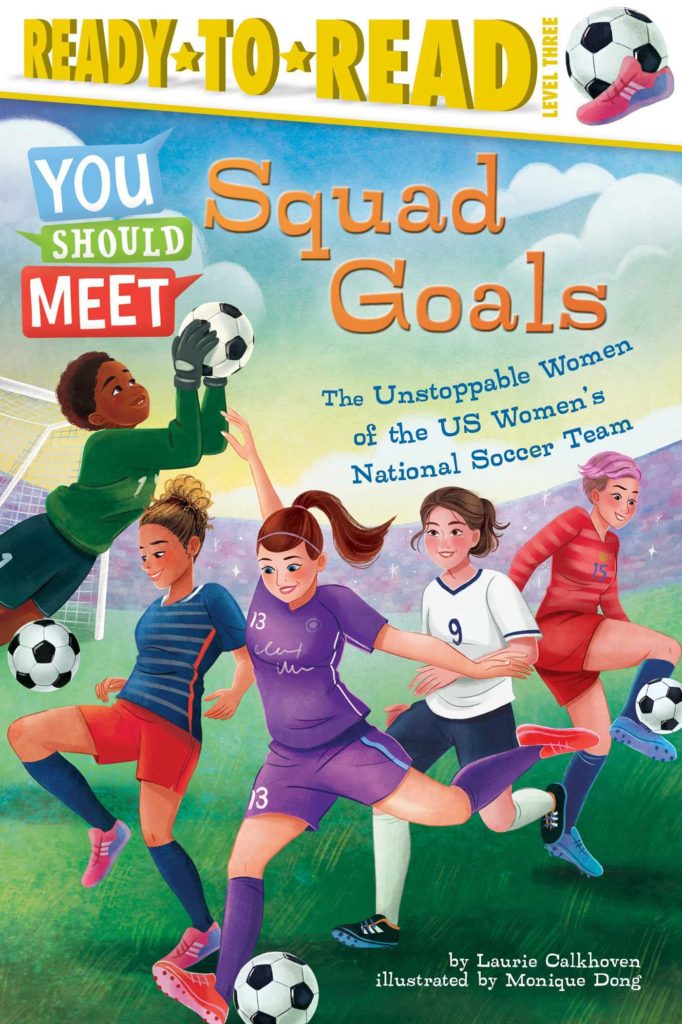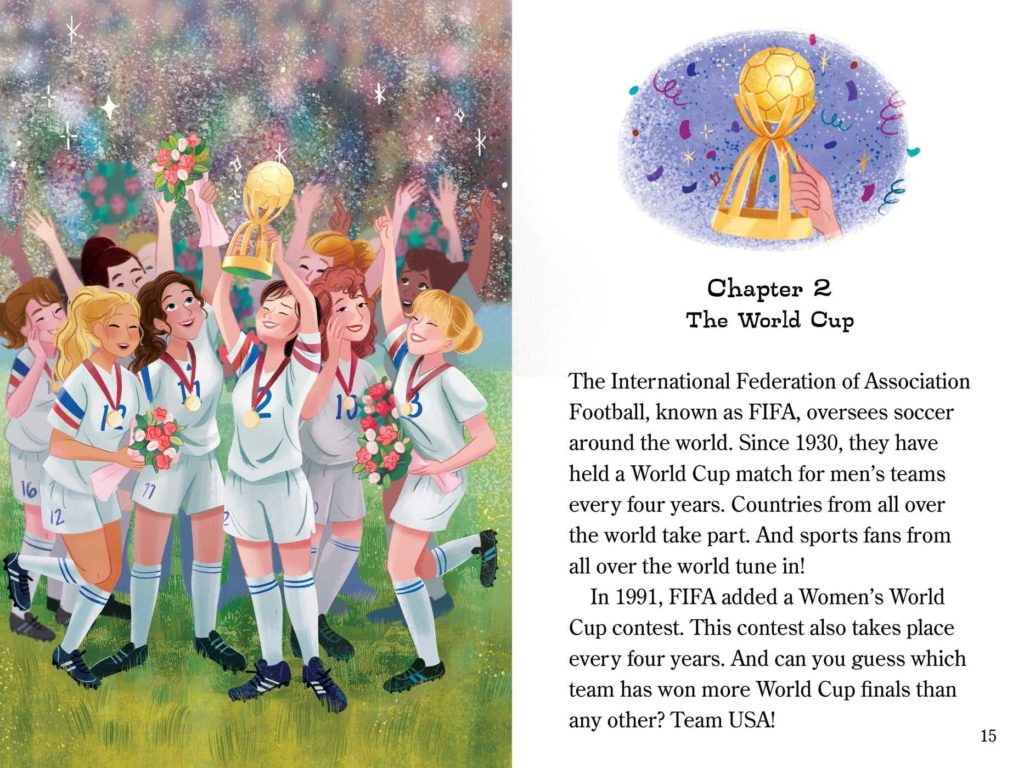American Alligator vs. Wild Boar is part of the Animal Battles series. In this series, two animals face off against each other. Each book starts off with a description of the two competitors, their attack moves, their secret weapons and then finally the battle. The narrative text at the end describes the fight scene and will certainly catch the reader’s’ attention. The book has 4-5 sentences per page for each animal and color photographs.
Text features such as bold words, text boxes, maps, a table of contents, glossary and an index are incorporated to aid the readers. Profiles of animal statistics include the height and weight as well as the physical advantages of each animal and habitat.
In American Alligator vs. Wild Boar, an American alligator is sneaking up on a wild boar, but the boar hears the alligator. Each animal has unique characteristics that could lead to it winning this face-off. Which animal will come out on top? This series is perfect for fans of Who Would Win.

